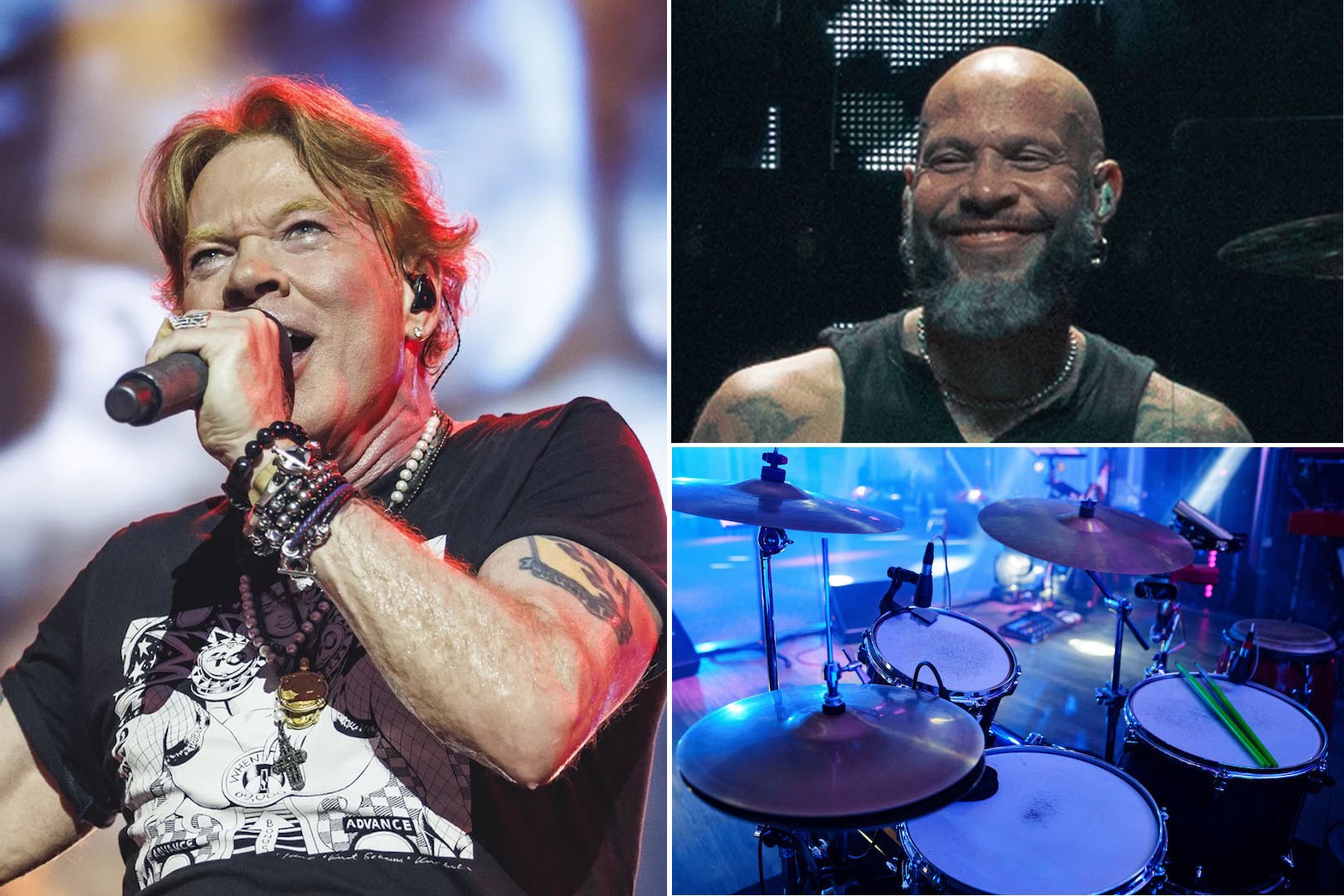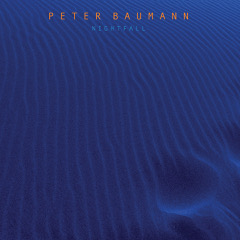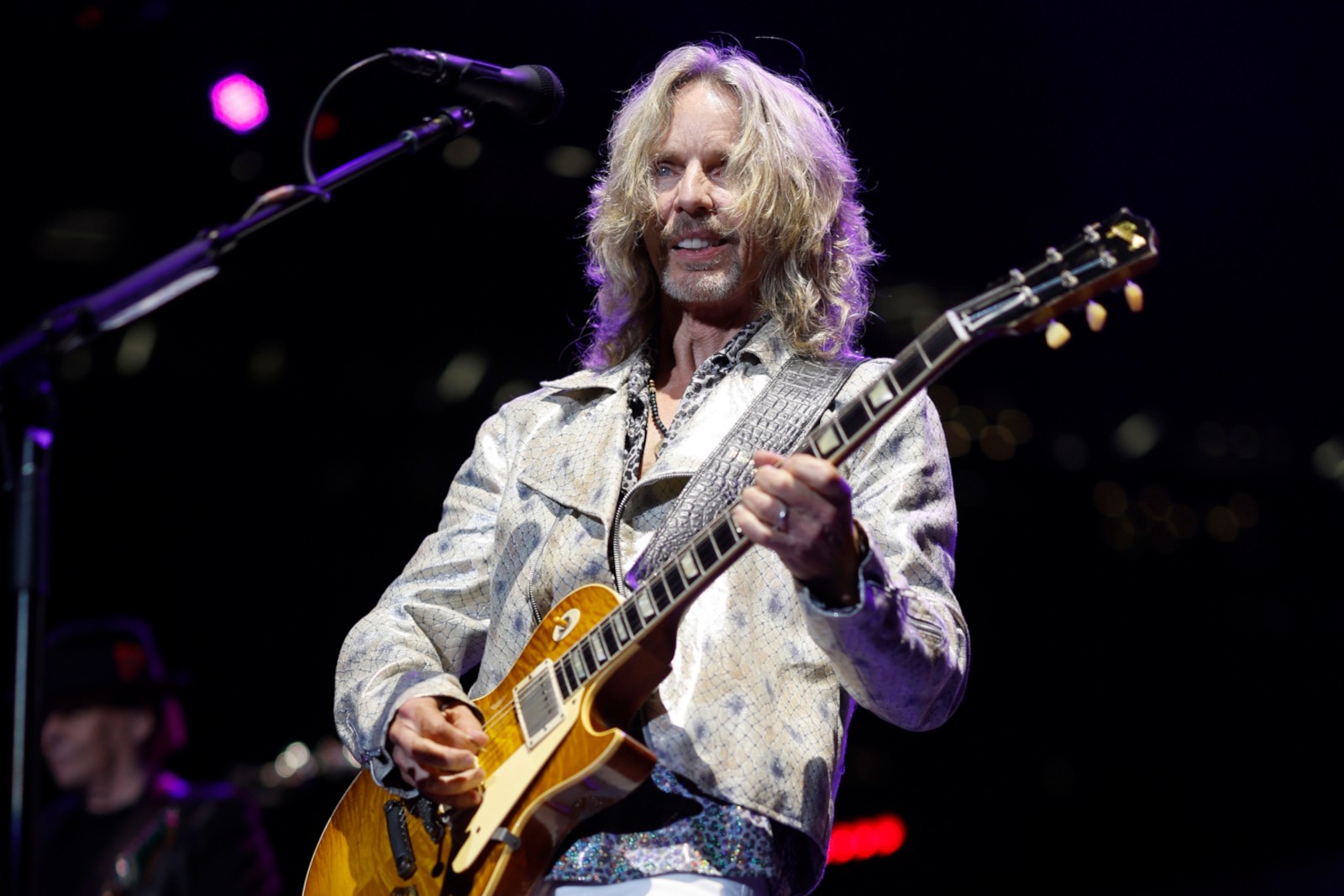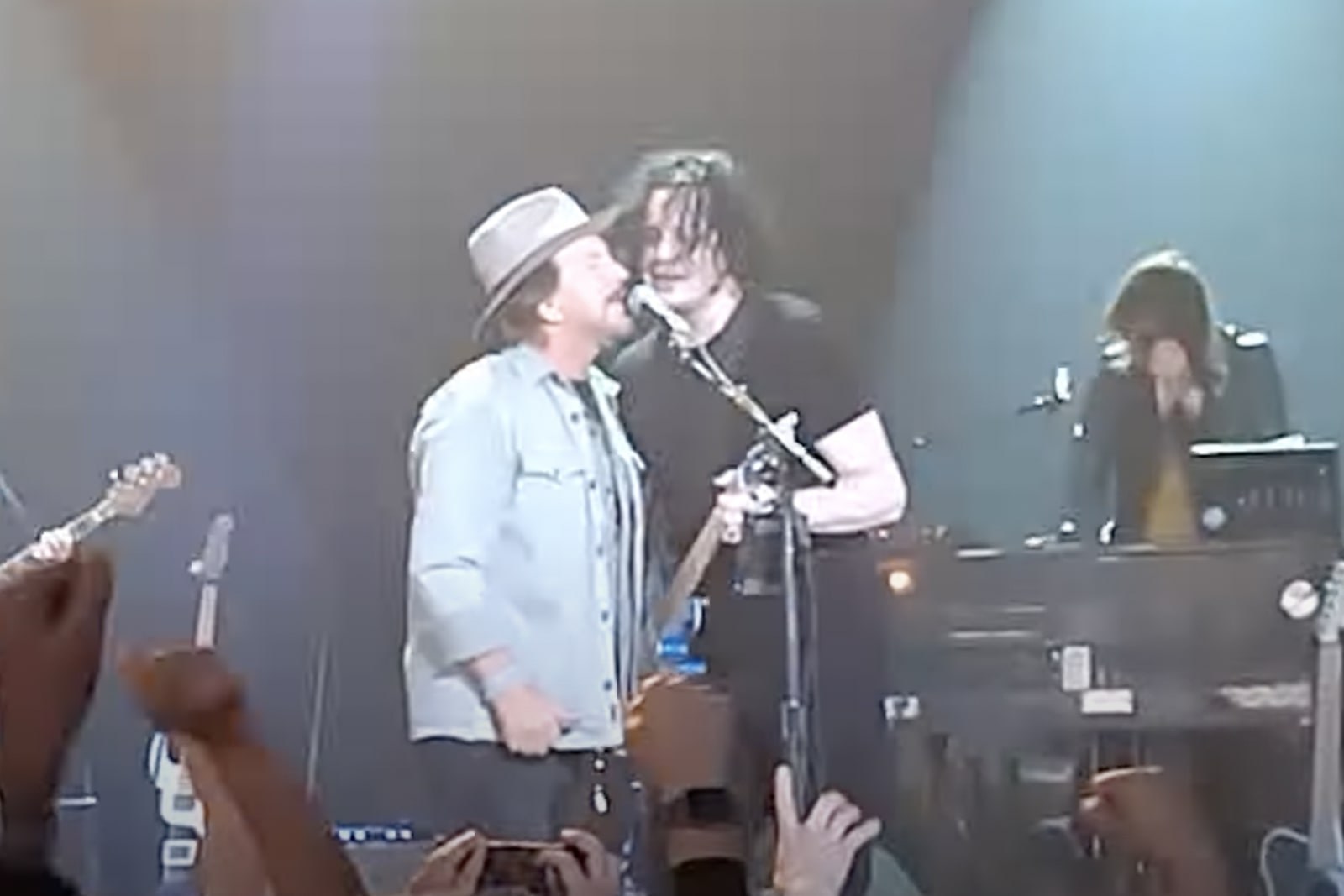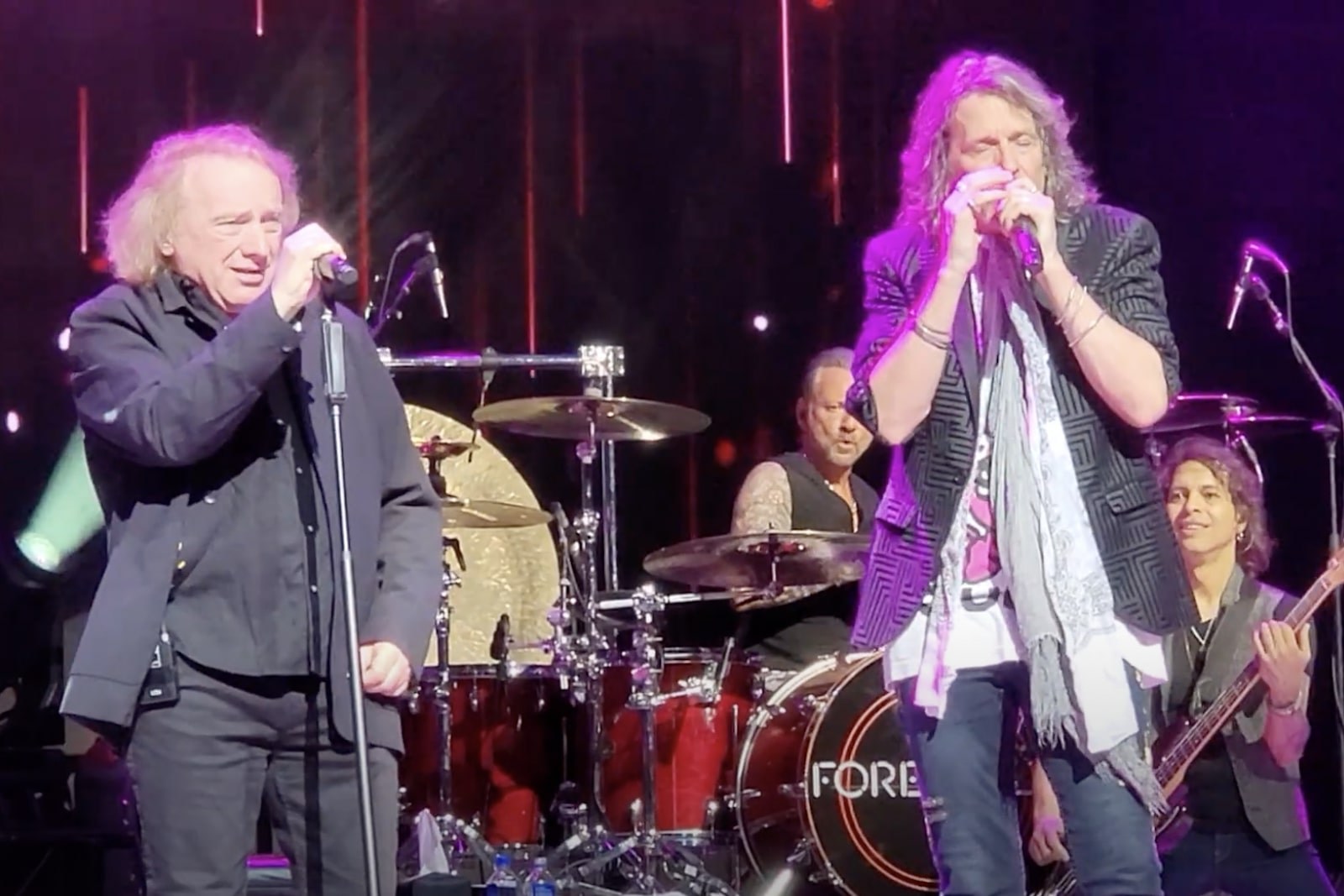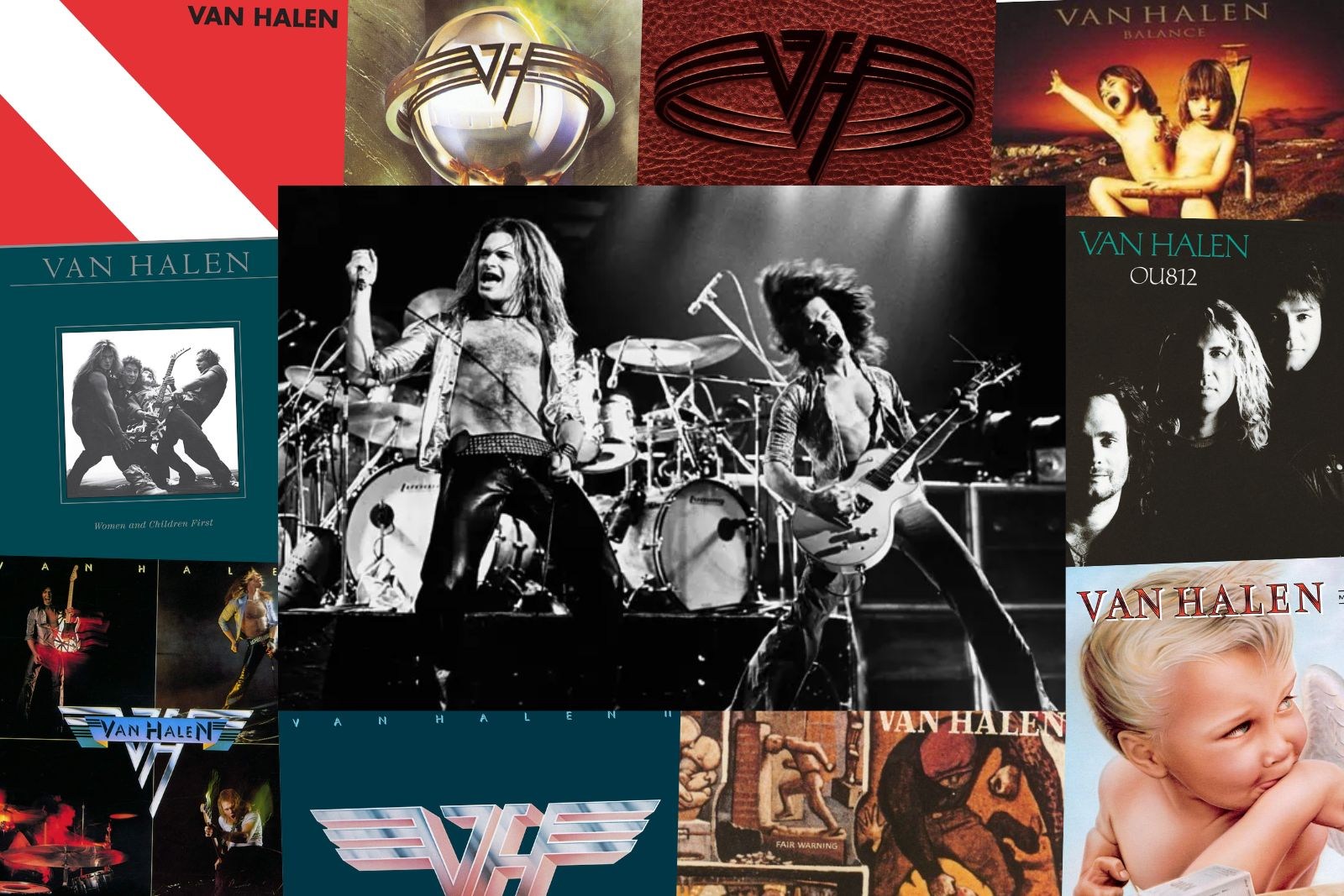If you ever saw Van Halen live, hopefully you were enjoying the music in the moment and not thinking about which songs have gotten the most attention, set list-wise.
But for those curious minds, setlist.fm does quite the respectable job of keeping track of exactly that. Out of 12 studio albums, some songs are bound to get more of the limelight, while others only have a few performances to their name.
For the purposes of this list, we’re not including songs Van Halen never played live — there’s actually another list for those songs — only those that made the set list at one point or another in the band’s career.
Album: Van Halen (1978)
Most-played: “Ain’t Tallkin’ ’bout Love”
Least-played: “Little Dreamer”
Not everyone’s debut album does as well as Van Halen’s did in 1978. I mean, how many other debut albums do you know that include prevailing classics like “Runnin’ With the Devil” and one of the most famous instrumental tracks of all time “Eruption,” which, if it was listed separately, would almost assuredly lead this count. Technically, Van Halen’s cover of “You Really Got Me” by the Kinks is the most-played off this album, but if we’re talking originals, then its “Ain’t Talkin’ ’bout Love” that takes the No. 1 spot, while least-played goes to “Little Dreamer.” Ironically, when Eddie Van Halen wrote the former, he didn’t think much of it, later describing it as “a stupid thing to us, just two chords.”
Album: Van Halen II (1979)
Most-played: “Dance the Night Away”
Least-played: “D.O.A.”
With a title like “Dance the Night Away,” it makes sense Van Halen would get a lot of mileage out of this song at live shows. But there’s something really fun about “D.O.A.,” a powerful, fast-moving track that originated on Van Halen’s Warner Bros. demo tape in 1977.
Album: Women and Children First (1980)
Most-played: “Everybody Wants Some!!”
Least-played: “Loss of Control”
“Loss of Control” just barely holds the title for least-played song from Women and Children First with a whopping two performances over “Could This Be Magic,” which never got played at all. But here’s the interesting thing: one of those performances took place in 1977, three years before the song appeared on the album. It got one more performance in 1980 and then was never touched again. Meanwhile, “Everybody Wants Some!!” logged well over 500 performances, a staple of all Van Halen tours that David Lee Roth was a part of.
Album: Fair Warning (1981)
Most-played: “Unchained”
Least-played: “Dirty Movies”
Not one but two songs from Fair Warning never made a set list: “Push Comes to Shove” and “One Foot Out the Door.” Then comes “Dirty Movies,” which despite being the next least-played number, still logged 40 performances over the course of several decades. “Unchained” takes the No. 1 spot, a song that single-handedly helped boost sales of the MXR M-117 flanger pedal.
Album: Diver Down (1982)
Most-played: “Little Guitars”
Least-played: “Hang ‘Em High”
Once again, a cover song is actually the top-played from 1982’s Diver Down: Roy Orbison’s “Oh, Pretty Woman.” But looking past that, all of the album’s original songs have gotten some set list attention — even the least-played among them, “Hang ‘Em High,” got in close to 100 performances, with most of them taking place the year the album came out. That song actually started its life as “Last Night” back in 1976 with similar music but different lyrics. The most-played song, “Little Guitars” is an excellent example of Van Halen’s exceptional skill on acoustic guitar. “Edward was saying he’d just seen this TV show with a flamenco guy doing all these wonderful things with his fingers,” Roth said to Creem in 1982, “and he says, ‘I’ve figured out how to do it with one pick, watch this’ and he faked it. And it sounded better than the original. And the song is titled this because it’s played on a copy of a Les Paul three inches longer than your forearm to the tip of your finger so you could put the whole thing in your pocket if you wanted to.”
Album: 1984 (1984)
Most-played: “Panama”
Least-played: “Drop Dead Legs”
“Panama” is, of course, one of the single most-played live Van Halen songs across their entire catalog, not just the top song from 1984. Only one song from this album never got played, “Top Jimmy,” which Roth wrote about a taco stand employee he knew in real life. As far as songs that actually made set lists, every last one of Van Halen’s performances of “Drop Dead Legs” took place in 2015, the year of the band’s final tour.
Album: 5150 (1986)
Most-played: “Why Can’t This Be Love”
Least-played: (Tie) “Get Up” and “Good Enough”
With 5150, we enter the Sammy Hagar era of Van Halen. First things first: a moment of recognition for the song “Inside,” which never got a single live performance. The rest of the album, however, has had plenty of stage time. Both “Get Up” and “Good Enough” were performed 111 times each, while “Why Can’t This Be Love” got close to 600 plays. Some may have doubted the new, less rock guitar-centric sound 5150 offered, but it sure did work out just fine for Van Halen. “We just went out, and every show sold out [in] minutes,” Hagar recalled in 2023, “and we went out and just killed it.”
Album: OU812 (1988)
Most-played: “When It’s Love”
Least-played: “Source of Infection”
Some years Van Halen played “When It’s Love” less than a dozen times, other years they offered up over 70 renditions of it. That song was something of a catalyst for the OU812 album. In Hagar’s memoir, Red: My Uncensored Life in Rock, he recalled his bandmates showing him the initial keyboard part. “I was covered in goose bumps,” he wrote. “That was almost the inspiration for the whole album. We knocked that song out and knew we had something.” Meanwhile, “Source of Infection” was considered a bit of a joke song, and it only got three total performances. Still, that’s three more than “Feels So Good,” which got zero.
Album: For Unlawful Carnal Knowledge (1991)
Most-played: “Right Now”
Least-played: “Man on a Mission”
For whatever reason on May 21, 1992, Van Halen decided to play the song “Man on a Mission” for the first and last time. The only other song to be essentially dismissed from For Unlawful Carnal Knowledge was the instrumental track “316.” On the other hand, “Right Now” got played over 300 times between the years 1991 and 2004. Eddie Van Halen would later recall that he wrote the music for “Right Now” back in 1983 — it just didn’t find a place until nearly a decade had gone by.
Album: Balance (1995)
Most-played: “The Seventh Seal”
Least-played: “Take Me Back (Deja Vu)”
While recording Balance, Van Halen enlisted the help of the Monks of Gyuto Tantric University for the chant sequence at the beginning of “The Seventh Seal.” Obviously, the monks could not be available for live performances of the song. But no monks? No problem, as far as Van Halen was concerned – they simply used a recording of them when they played the song at concerts. A couple Balance tracks never hit the stage — “Doin’ Time” and “Strung Out” — but “Take Me Back (Deja Vu)” managed to land nine plays, all in 1995.
Album: Van Halen III (1998)
Most-played: “Without You”
Least-played: “How Many I Say”
Welcome to the Gary Cherone era of Van Halen, which features just one studio album: Van Halen III. Only seven of the album’s 12 tracks made it onto set lists, with the most popular one being “Without You” at 78 plays. This makes sense, given it was the first of the album’s three singles to be released and a No. 1 hit on the Billboard Mainstream Rock Tracks chart. At the bottom end of the list is “How Many I Say” with just seven plays, all in 1998.
Album: A Different Kind of Truth (2012)
Most-played: “She’s the Woman”
Least-played: (Tie) “Bullethead” and “Stay Frosty”
In 2012, Roth once again sang on a Van Halen album: A Different Kind of Truth. Only around half of the album’s songs were ever performed live — “Bullethead” and “Frosty” were both played once. The former was performed way back in 1977, and reworked for Truth. The latter was a new song that Eddie Van Halen’s son, Wolfgang, helped write the arrangement for. The most-played track, “She’s the Woman,” was another reworked one, dating back to a 1976 demo.
How Van Halen Conquered the World in Just 10 Shows
Van Halen’s meteoric rise to fame during their first world tour in 1978 included 10 particularly important performances. Here’s a look.
Gallery Credit: Matthew Wilkening

